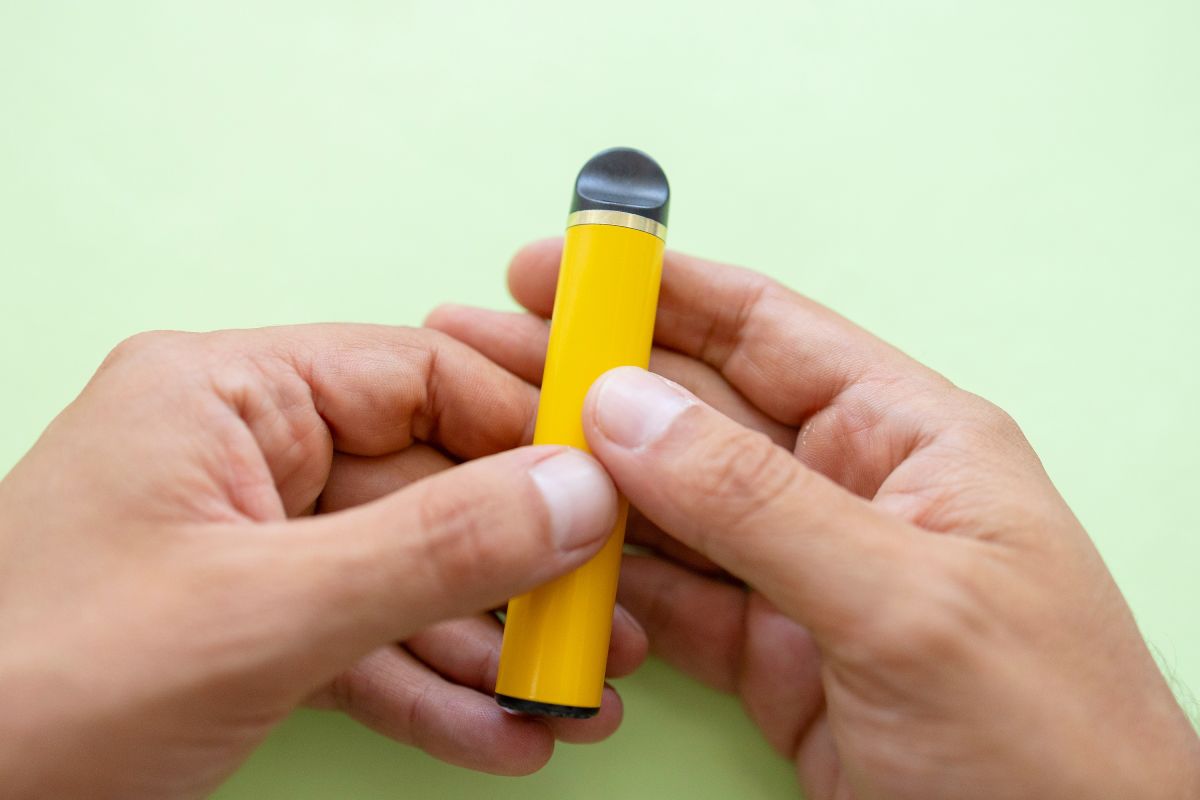
The Neuroscience Behind The Appeal Of Vaping
Cigarette smoking is decreasing in appeal around the world. But what has contributed to this pattern?
In addition to rate boosts and numerous public health avoidance projects, there is proof that the development of smoking cigarettes and e-cigarettes, called vaping, has actually played a considerable function in reducing tobacco usage over the previous years, with the belief that it is less hazardous.
Is Vaping Less Hazardous Than Cigarettes?
Public health professionals stay divided when it comes to their mindset towards vaping. 2016 WHO report sent before the Structure Convention on Tobacco Control, to which 180 nations have actually signed up, specified countries must think about cutting the usage of e-cigarettes because there was not adequate proof to reveal they suppressed smoking cigarettes. It recommended nations need to think about enforcing constraints on vaping, consisting of tighter controls on sales and marketing.

What is beyond doubt is that both e-cigarettes and cigarettes consist of addicting nicotine. According to the Centre for Illness Control, there has actually been a sharp boost in the number of school students taking up vaping. One of the electronic cigarette makers within the FDA’s sights is Juul in San Francisco.
It is what has actually made the company so popular, especially amongst teens, that raises alarm bells: an unsafe mix of marketing, physiology, and psychology.
The Mix of Marketing, Physiology, and Psychology.
Juul has actually placed itself as a method to provide up cigarette smoking entirely. This mental guide, together with the concept that vaping is less unsafe, is most likely to have actually convinced teens that it is a more secure choice than cigarette smoking.
Its ingenious innovation is appealing. The vaporizers appear like USB flash drives and are available in a huge series of flavours, attracting customers to attempt brand-new ones and smoke more.
Numerous neuroscientific research studies have actually exposed how seeing photos of meals activates a response in the benefits system of our brains, making us starving. Images of individuals vaping not just set off a desire to vape in the brains of individuals seeing them, but the state, however likewise strengthens rounding up behaviour.

Many of their pods include more nicotine than many of their rivals, something that contributes to neurophysiological dependency.
The FDA’s marketing versus electronic cigarette usage by teens has actually triggered Juul to withdraw the majority of its online material and launch avoidance efforts. If Altria takes a stake in the business, it would no question end up being harder for Juul to stick to its anti-smoking story.
The FDA is prioritizing, avoiding under-18-year-olds from having access to e-cigarettes by making it more challenging for them to purchase them. If pods and e-cigarettes are more difficult to purchase, it needs to be the exact same for cigarettes – which is sadly not the case.
If purchasing vaping product ends up being hard and purchasing cigarettes stay reasonably simple, there is a possibility that individuals may go back to smoking cigarettes. With more than a billion individuals in the world still smoking routine cigarettes, that is a distressing possibility.